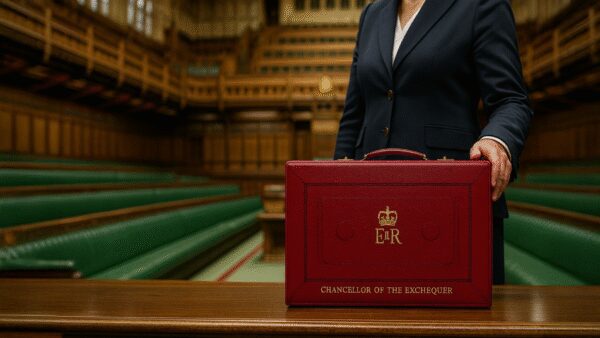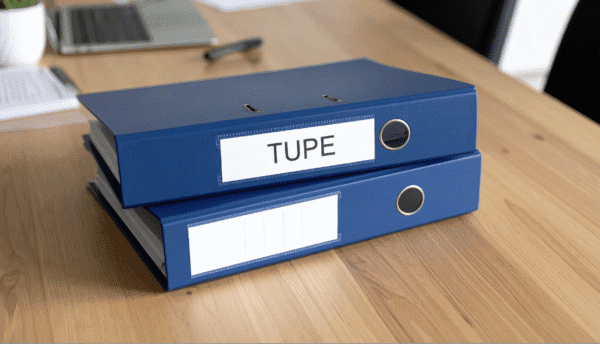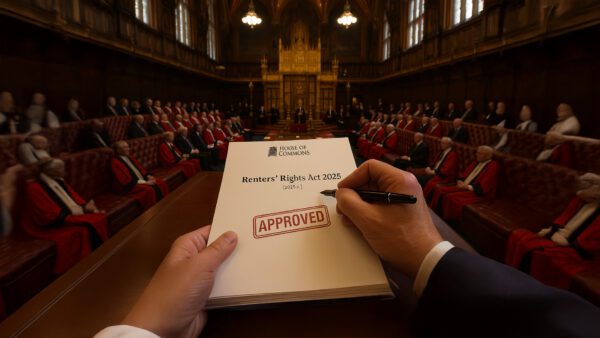Business assets can constitute a significant portion of an individual’s wealth and is often a key aspect of their estate planning.
Whilst it is generally known that gifts of ‘relevant business property’ can benefit from Business Relief, without careful planning, this relief can be wasted or cause unintended UK inheritance tax (IHT) consequences when an individual holds such assets on their death.
This article focuses on how this relief can be optimised with careful planning and precise Will drafting.
Business Relief
Business Relief reduces the value of ‘relevant business property’, which is subject to IHT on a transfer arising on death (or by a lifetime gift). Depending on the type of property, relief is available at either 50% or 100% of the value of the property.
For deaths and transfers on or after 6 April 1996, there are six categories of property which can qualify as relevant business property:
| Relevant Business Property | Rate of Relief |
| 1. Property consisting of a business or interest in a business | 100% |
| 2. Control holdings of unquoted securities in a company | 100% |
| 3. Unquoted shares in a company | 100% |
| 4. Control holdings of quoted shares in a company | 50% |
| 5. Land, buildings, machinery or plant used by a company controlled by the transferor or by a partnership of which the transferor was a member | 50% |
| 6. Settled land, buildings, machinery or plant in which the transferor had an interest in possession and used in his business (this applies to lifetime transfers only) | 50% |
To qualify for relief, the business to which the property relates must be a trading business. There are additional conditions which must be met for the property to qualify for the relief.
Generally speaking, these are that the property must have been owned by the donor throughout the period of two years before the date of transfer (the ownership condition) and, that whilst a business as a whole may qualify for relief, if it holds assets which are not used in the course of the business such as surplus cash (known as ‘excepted’ assets), then those assets can reduce the amount of relief available.
Gifts By Will
Beneficiaries of a Will generally fall into two categories: ‘exempt’ beneficiaries and ‘non-exempt’ beneficiaries for IHT purposes. Gifts made to exempt beneficiaries are as the name suggests: they are exempt from IHT.
The most common exempt beneficiaries are spouses or civil partners (who benefit from the ‘spouse exemption’) and UK charities (who benefit from the ‘charity exemption’). Non-exempt beneficiaries are any beneficiary which are not afforded a specific exemption from IHT.
To the extent possible, business property should made directly or through the creation of an appropriate trust interest to non-exempt beneficiaries, to ensure that the relief is not ‘wasted’ on an exempt beneficiary whose share of the estate would already benefit from an IHT exemption.
Gifts That ‘Waste’ Business Relief
When qualifying business property is specifically given to a spouse, for instance, this would effectively be a ‘waste’ of the relief, as the spouse exemption already exempts from IHT any assets which pass between spouses. As the relief attaches specifically to the business property, it is not available to be set off against any other part of the estate.
It is, therefore, preferable for ‘non-exempt’ beneficiaries to receive the business property directly or be capable of receiving such property under a suitable mechanism, to optimise the estate from an IHT perspective.
However, notwithstanding the tax savings, individual circumstances need to be borne in mind; the surviving spouse may, for example, have need for the business property, or it may not be appropriate for the non-exempt beneficiaries to receive those assets. In the latter case, a gift of these assets into a discretionary trust in the Will, could provide a solution.
Business Property That Falls Into The Residue Of The Estate
When qualifying business property forms part of the residuary estate, and the entirety passes to an exempt beneficiary, then any available relief is ‘wasted’ in the same way as if the business property were directly gifted to an exempt beneficiary.
However, if the beneficiaries of the residuary estate comprise both exempt and non-exempt beneficiaries, IHT legislation (Section 39A Inheritance Tax Act 1984) operates to apportion part of the relief to the exempt beneficiary, even though the exempt beneficiary may not receive the business property.
Not only is the relief therefore ‘wasted’, it could also result in unintended IHT charges, which could otherwise have been avoided by ensuring that the business property was given to a specific beneficiary (or trust) in the Will.
An Example
Anna dies leaving shares in a business worth £10,000,000. Anna’s other (non-qualifying business) assets amount to £5,000,000. In her Will, she leaves her entire estate to her husband Bob and her son Chris in equal shares absolutely. It is subsequently determined that the business qualifies for 100% Business Relief. Anna has not made any specific gifts, and all her assets including the business, falls into the residue.
Anna’s gross estate for IHT purposes, before the deduction of Business Relief or any exemptions, is £15,000,000.
As Bob and Chris share the entire estate equally, the Business Relief is apportioned equally between them as follows (note that how the assets are actually distributed between Bob and Chris are irrelevant):
| Share of gross estate (before reliefs) | Share of Business Relief | Share of net estate (after reliefs) | |
| Bob (50%) | £7,500,000 | £5,000,000 | £2,500,000 |
| Chris (50%) | £7,500,000 | £5,000,000 | £2,500,000 |
IHT is calculated on the net estate as follows:
On Bob’s share: nil, due to the spouse exemption.
On Chris’ share: £870,000 (£2,500,000 less Anna’s nil rate band of £325,000, multiplied by the IHT rate of 40%).
This would be the position even if the executors decided to distribute the whole of the business to either Bob or Chris.
However, if instead Anna’s Will had included a specific gift of her business to Chris, with the residue of her estate to Bob, the IHT position would have been as follows:
| Share of gross estate (before reliefs) | Share of Business Relief | Share of net estate (after reliefs) | |
| Specific gift of business to Chris | £10,000,000 | £10,000,000 | Nil |
| Gift of residue to Bob | £5,000,000 | Nil | £5,000,000 |
IHT is calculated on the net estate as follows:
- On Bob’s share: nil, due to the spouse exemption.
- On Chris’ share: nil, as his share is fully relieved by Business Relief.
Although Bob has received less as a result of the specific gift to Chris, IHT of £870,000 has been saved.
Conclusion
Individuals who have business assets and interests should give special consideration to these assets when planning their estate, to ensure that any available relief is maximised. There are various complexities to Business Relief, and professional advice should be taken to understand its availability and how to account for it in the context of succession planning.
To discuss any of the points raised in this article, please contact Ben Rosen or fill out the form below.









